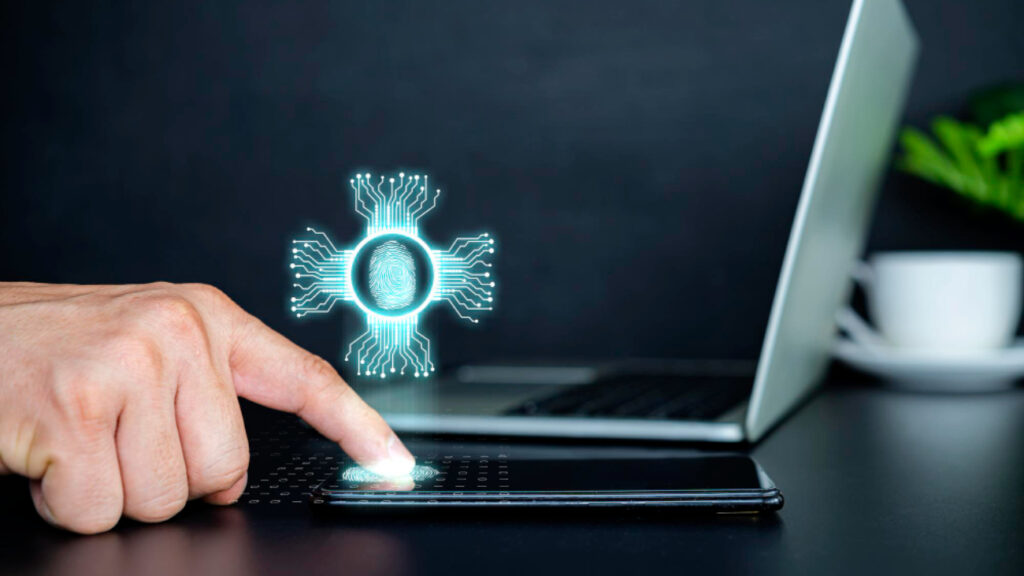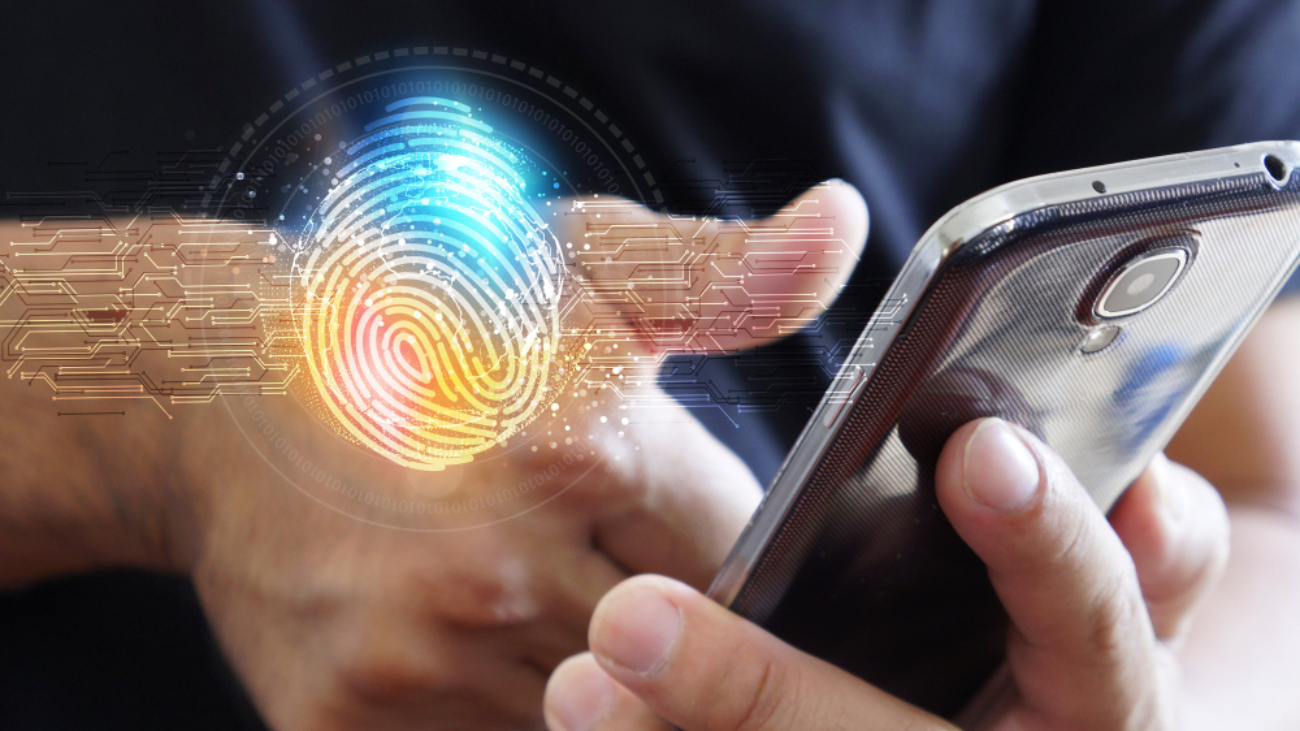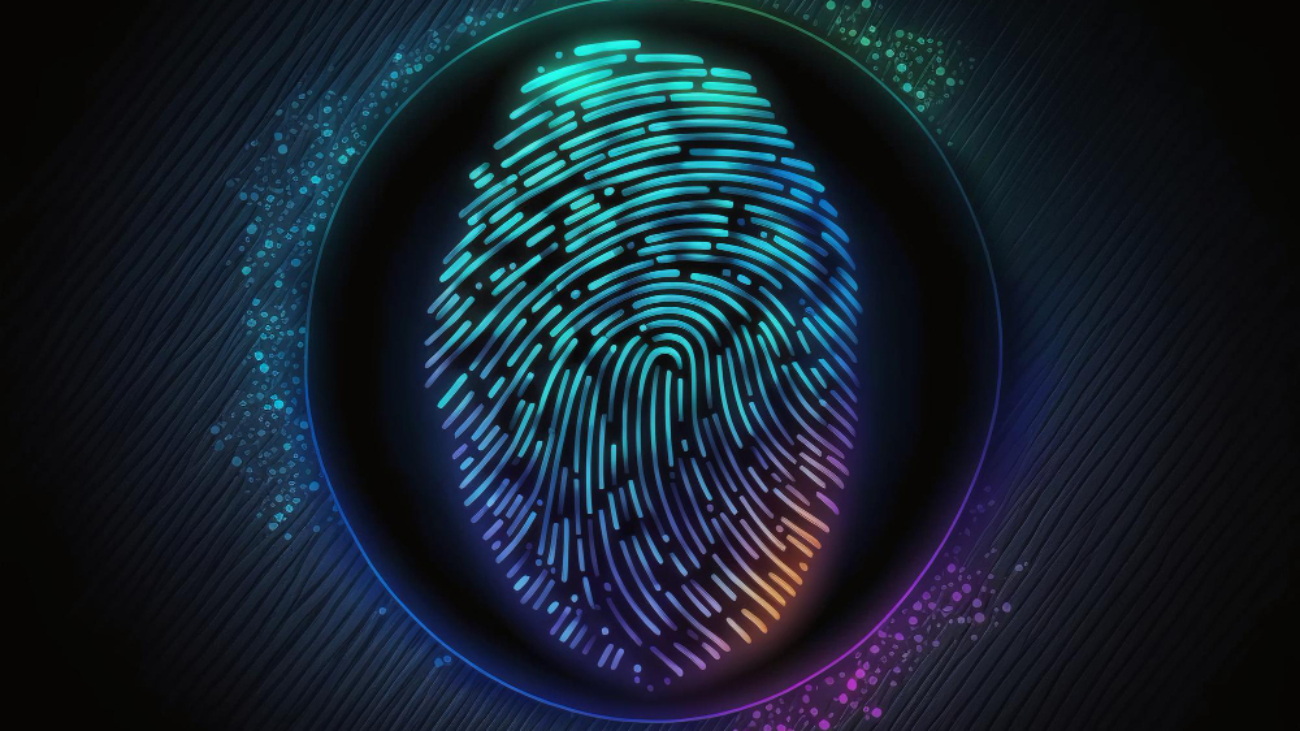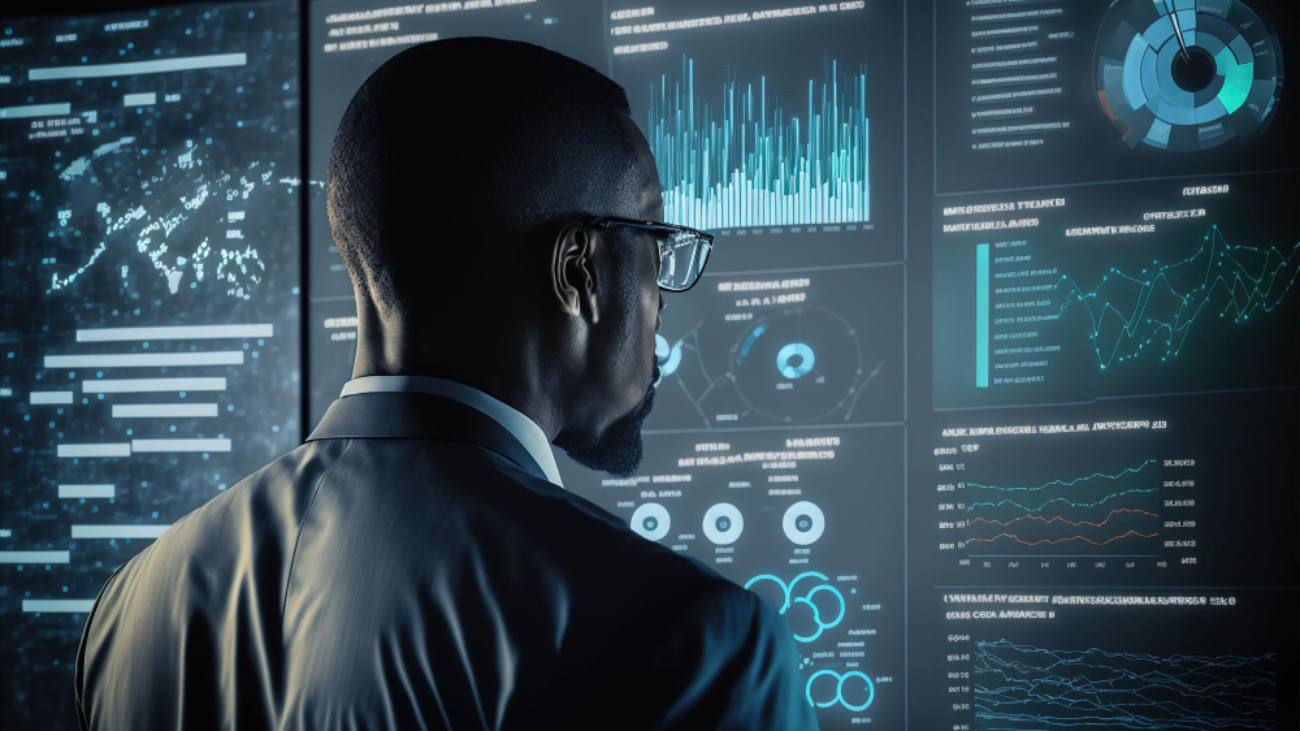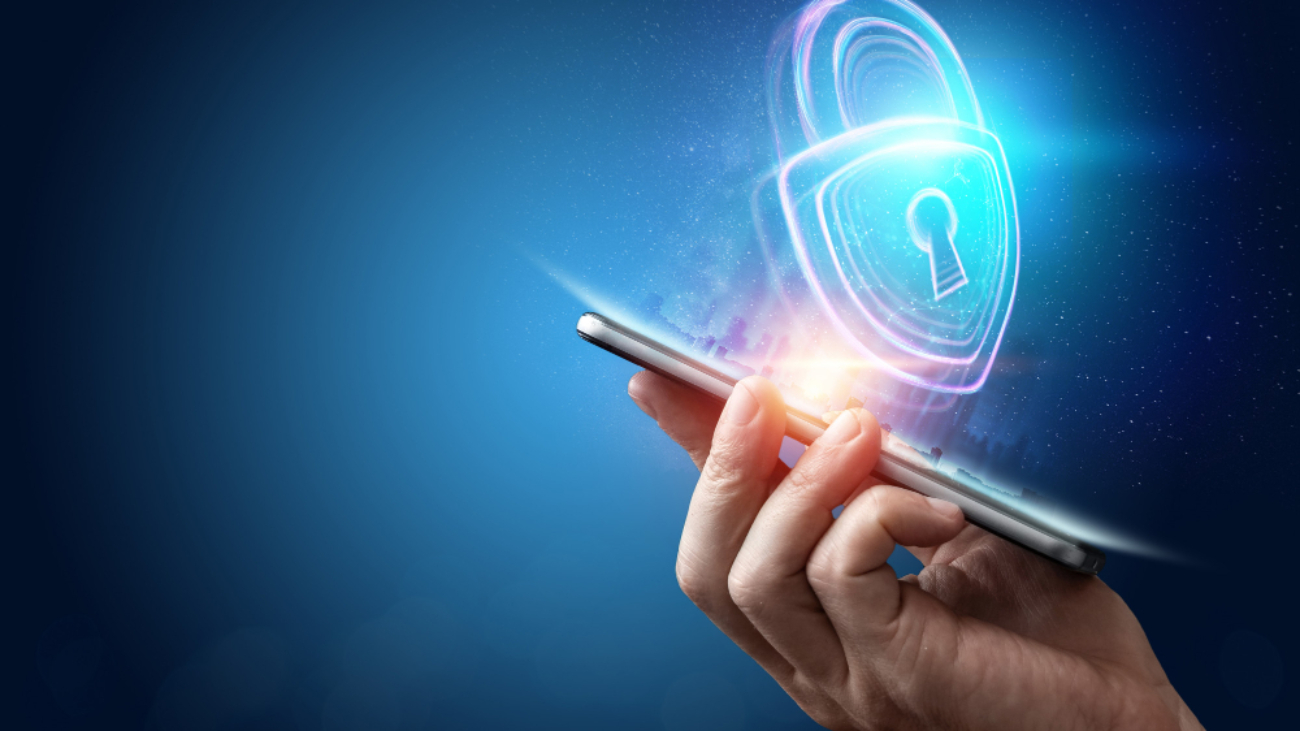A few decades ago, the idea of owning a smartphone seemed impossible. Who would have thought that a device which can fit snugly inside your pocket could be capable of so much? You can make calls, send messages, access the internet, click photographs, use map navigation, stream movies, make online payments and more
Now e-commerce has shifted its major market from desktops to mobile devices. With payment features like net-banking mobile users can purchase whatever product they happen to like on their phone screen. The touchscreen technology has made browsing a breeze. E-commerce giants like Amazon and EBay have their own mobile apps that make both searching and paying for clothes easy.
Mobile Biometrics Use
Now that your mobile phone carries sensitive information like bank account and card details, it is more vulnerable to hacking activities. According to a research, fraud related to e-commerce will result in losses up to $130 billion by 2023.
But you can protect yourself by using reliable mobile biometrics. As per a report published by Global Market Insights, the biometrics industry is booming. It will likely become a $31 billion sector by the year 2023.
Biometrics technology protects data in physical and virtual space by restricting and monitoring access. It records physical characteristics of a user which are hard to imitate, like voice, fingerprints and face. Once biometrics records the physical characteristic, the user must input the same to gain access. For instance, many smartphones have face recognition. The phones will only unlock when the camera identifies the registered user’s face. Using biometrics for phone security is called Mobile Biometrics.
Apple was the first smartphone manufacturer which emphasized the use of biometrics in 2013. The company encouraged fingerprint and face recognition scans. Soon, all other mobile phone manufacturers implemented the mobile biometrics.
Mobile Biometrics Use Case
Bahaa Abdul Hadi explains the use case from his experience related to IoT and biometrics.
Convenience and IoT
- Even a singular level of biometrics can allow for a seamless internet of things experience.
- Imagine, if your voice could not only unlock the phone but also activate other phone features.
- In this manner, biometrics will offer ease of use on top of providing security.
BYOD Security
- BYOD stands for Bring Your Own Device.
- This feature assigns user roles for specific authentication on the device.
- It serves as security against data breach.
Thank you for your interest in Bahaa Abdul Hadi blogs. For more information, please visit www.bahaaabdulhadi.com.
